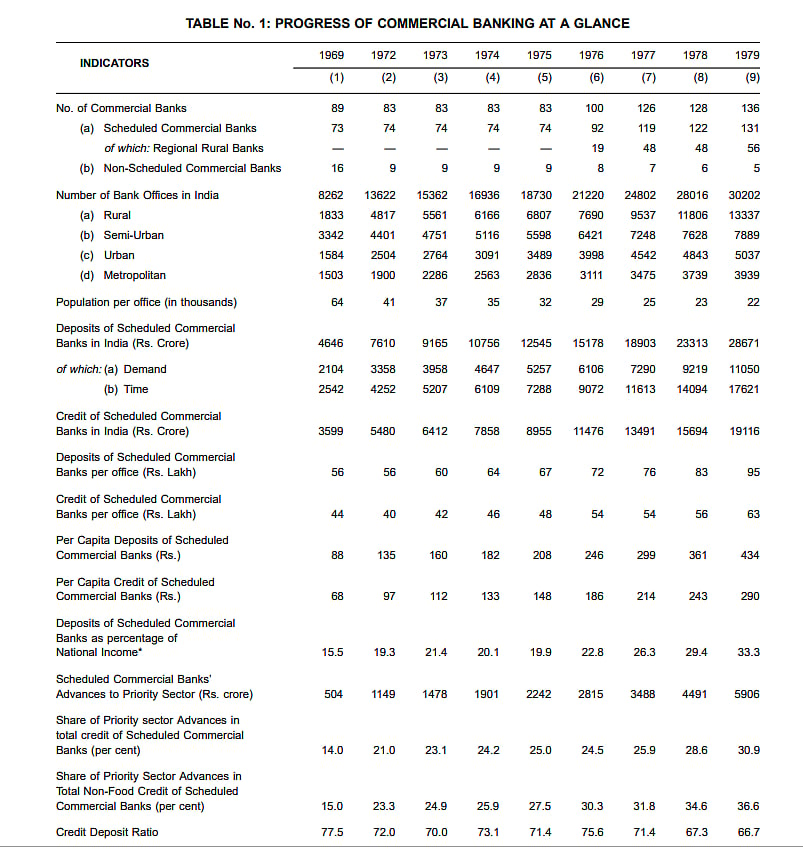10 ways in which bank nationalisation benefited the country since 1969
Today the nation celebrated the 50th anniversary of bank nationalisation. Here are 10 benefits of the nationalisation that cannot be denied.

On Friday, the nation celebrated the 50th anniversary of bank nationalisation. Before nationalisation, barring the State Bank of India most banks were privately owned and benefitted the rich and the powerful. Nationalisation of 15 private banks in July, 1969, followed by six more later, revolutionised the Indian banking sector, created huge employment, extended credit and benefitted Agriculture and the poor.
Here are 10 ways the nation benefitted from the nationalisation:
1. Prevention of Monopoly
Before the government nationalised banks, corporate families controlled banking systems in India. It effectively ensured a monopoly over capital. Bank nationalisation helped make the economy more equitable and opened bank credit to even people without connections.
2. Reducing Regional Imbalance
Bank nationalisation helped in more equitable regional growth since banking system was concentrated in urban centres and that too largely in the West and the North.
3. Improvement in working conditions
As per RBI records, there were 1833 banks in rural areas in the country in 1969, which increased to 33,004 by 1995 and continued to grow over the next decade. Government banking improved working conditions of the employees also in the banking sector. The state ensured higher wages, security of services and other fringe benefits.
4. Protection of Public Interest
Unhealthy competition among industrialists injured the interest of the public which was measured and mitigated by state ownership.
5. Centralised Management
Centralised management made possible due to coordination in nationalised banks helped provide uniform services throughout the country. It thus enabled the state to solve the problems of organisation, capital, labour operation and marketing.
6. Use of Surplus Profit
Under state ownership the profit earned by banking enterprises could be utilised for greater public good and help in supporting the Government’s economic policies.
7. Uniformity and Stability in Services
Nationalisation ensured uniform banking services and reached banking services to different corners of the country. Banking services were placed within reach of people in rural areas and reduced their dependence on moneylenders
8. Core Sector Lending
Private banks were averse to lend to Agriculturists and to the core sector of steel and coal, which required huge investment. Nationalisation made funds available to these sectors.
9. Increase in Standard of Living
It enabled rapid increase in the number of banking offices in rural and semi-urban areas and helped considerably in deposit mobilisation with the added benefit of the expansion of personal loans giving a fillip to consumption.
10. Developing banking habits
RBI records show that per capita deposits increased from Rs. 88 in 1969 to Rs. 4242 by 1995 and have further increased with time.
All statistics provided are available on the RBI website.
Follow us on: Facebook, Twitter, Google News, Instagram
Join our official telegram channel (@nationalherald) and stay updated with the latest headlines

